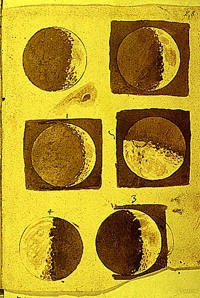Galileo's "The Phases of the Moon". You can see some of the Moon's craters drawn in the pictures.
Click on image for full size
Image courtesy of Biblioteca Nazionale - Florence, Italy
Astronomy throughout History
Astronomers study planets, stars and galaxies. For thousands of years humans have been looking at the sky. Astronomers of the past have found out some really cool stuff, and they didn't even have calculators or computers!
Archeoastronomy is different than looking at the history of astronomy. Archeoastronomers want to find out just how astronomy fit into a certain culture's life.
This section will take you on a journey through time, across the continents and into the lives of people from all times and places. It will touch on the history of astronomy, archeoastronomy and more. Please choose which way you would like to begin your journey:
 Journey through Time
Journey through Time
 Journey by Region
Journey by Region
 Meet the People Involved
Meet the People Involved
You might also be interested in:
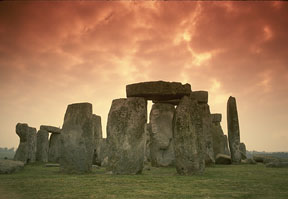
Man has always observed the sky. By watching the Sun and Moon, early man could tell what season was coming next. They had to know this to be able to farm and hunt. Archeoastronomy started in the 1960's
...more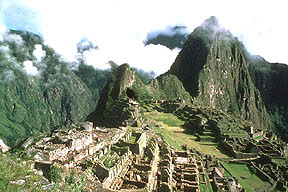
The country of Peru has a new president. His name is Alejandro Toledo. Toledo really wants to help the people of Peru, but he has a really big job to do! He wants to help the poor and homeless people find
...more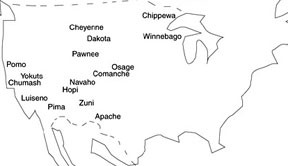
People have been living in North America for a long, long time. The first people to live there were the Native Americans. They didn't have clocks or calendars so they watched tides, the Sun, the Moon,
...more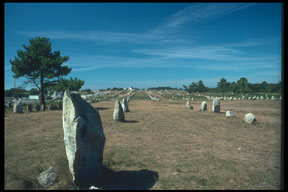
The stones of Carnac, France, are very famous because there are a lot of them and because they are so old! The oldest stones found in Carnac are from about 4,500 B.C. That's older than the stones at Stonehenge!
...more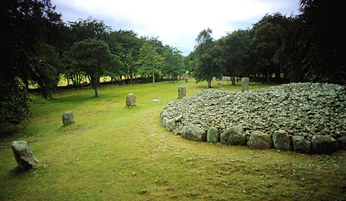
You may have heard of the lake called Loch Ness, where people think they've seen the Loch Ness monster. Near Loch Ness there are three giant stone tombs you may not have heard of...they are called the
...more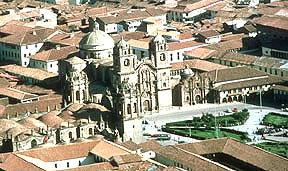
Cuzco is a city in Peru. It was the capital of the ancient Inca Empire. In ancient times, Cuzco was the center of the Inca road network which was made up of about 40,000 kilometers (25,000 miles) of roads
...more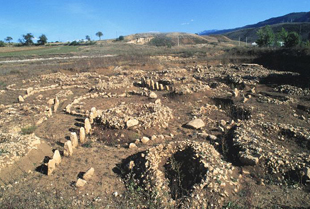
The stone rings and tombs of England and France are very famous. But, there are also stone structures in Italy. There are some neat stones in Fossa, Italy. They are standing stones. These stones form circles
...more
![]() Journey through Time
Journey through Time
![]() Journey by Region
Journey by Region
![]() Meet the People Involved
Meet the People Involved


